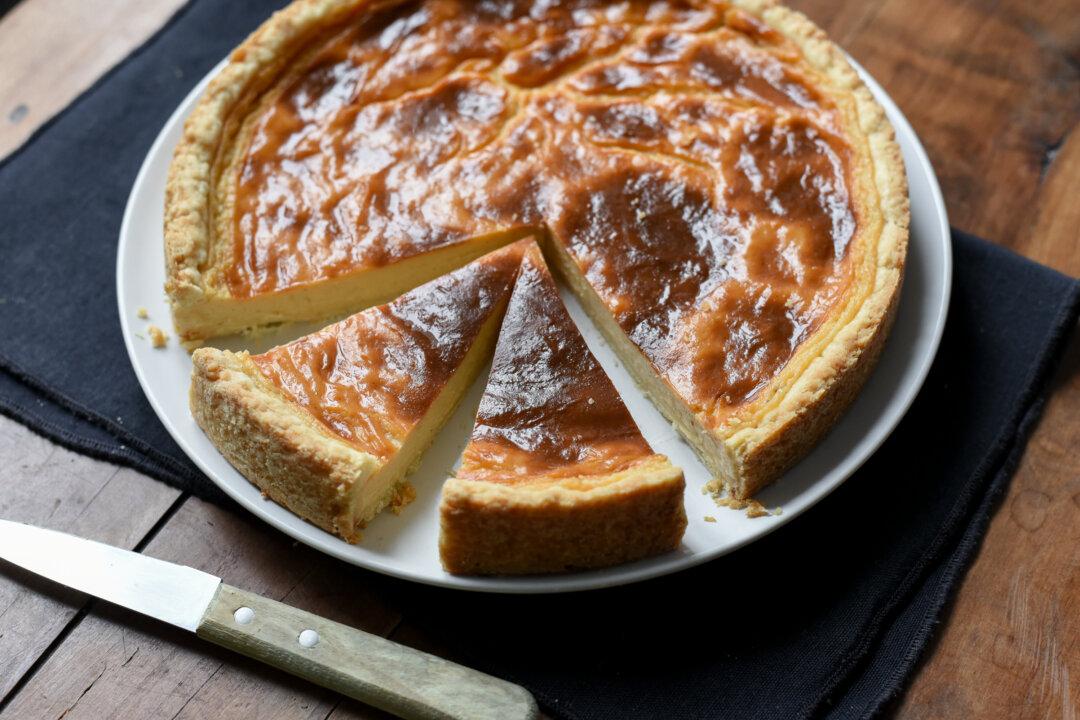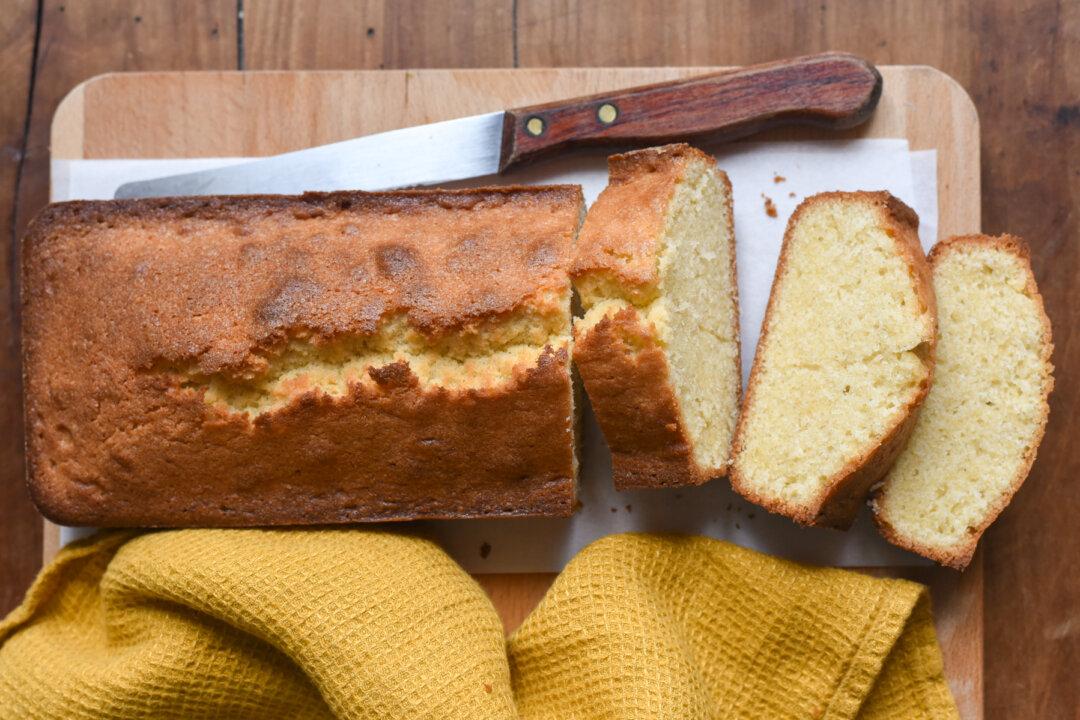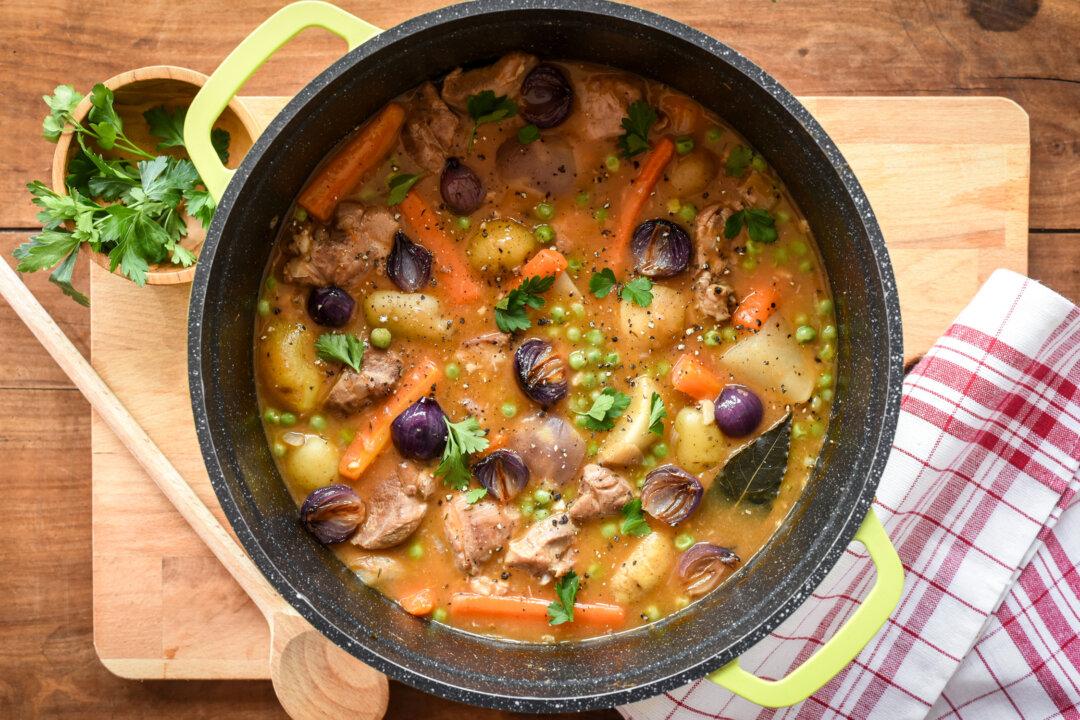Flans pâtissiers—custard tarts—hold a high rank in classic French baking. The Parisian take, le flan Parisien, is no exception.
This hefty pie features a flaky, all-butter pie crust encasing a rich and creamy vanilla custard with a caramelized skin. This treat is sold in most French bakeries, and essentially every bakery within its namesake city, as it’s inarguably a Parisian favorite to be enjoyed during le goûter, the traditional 4 p.m. snack break.





